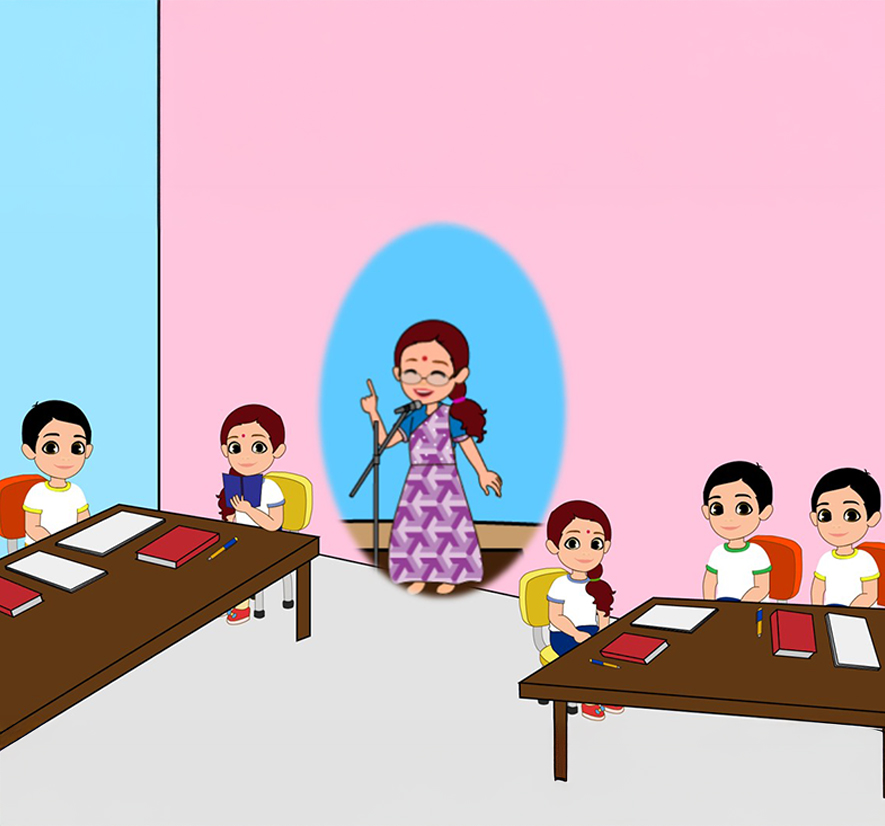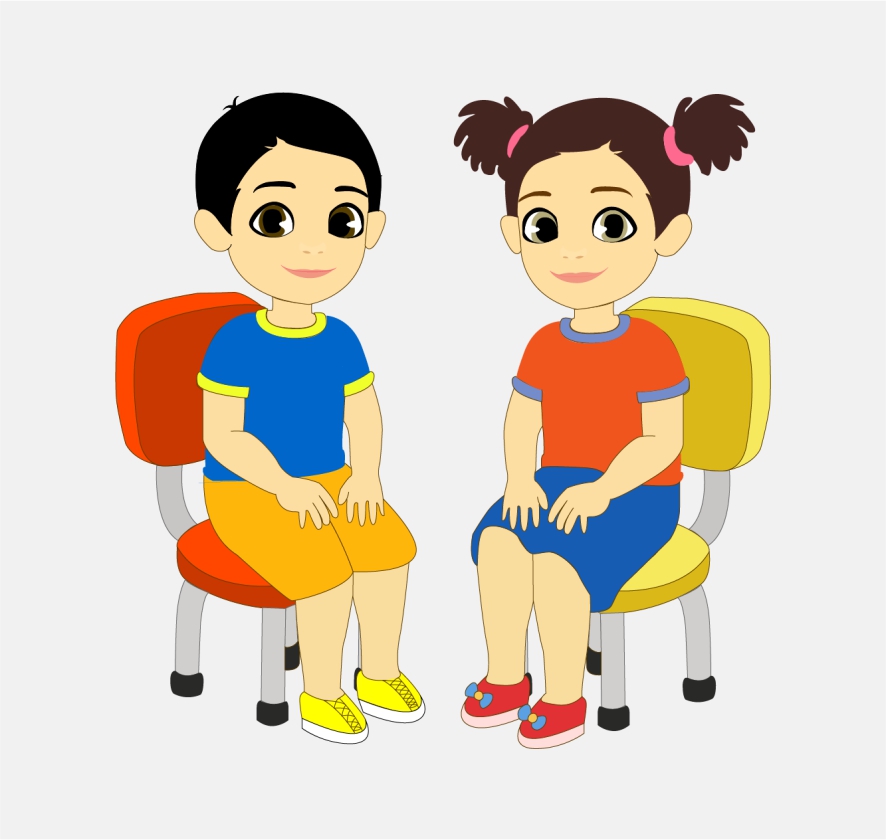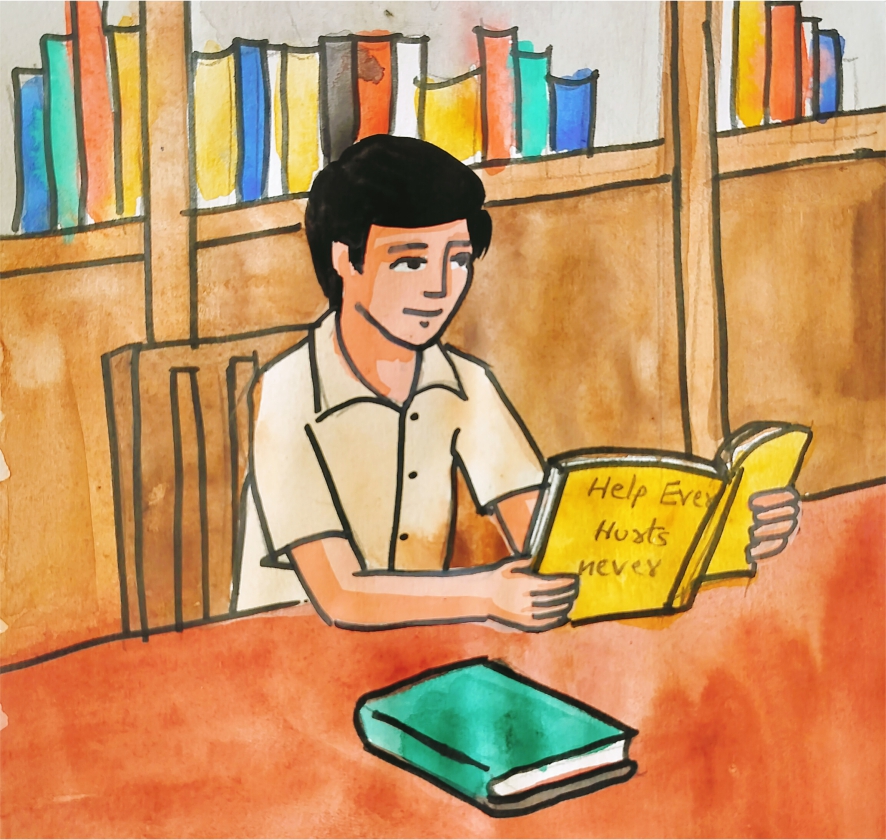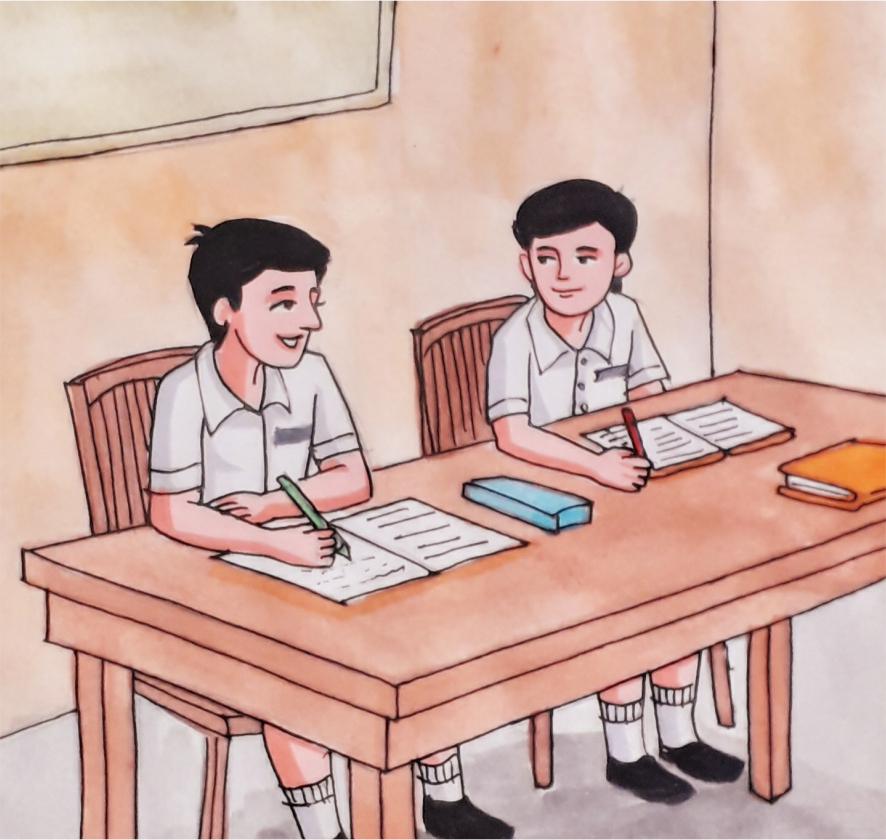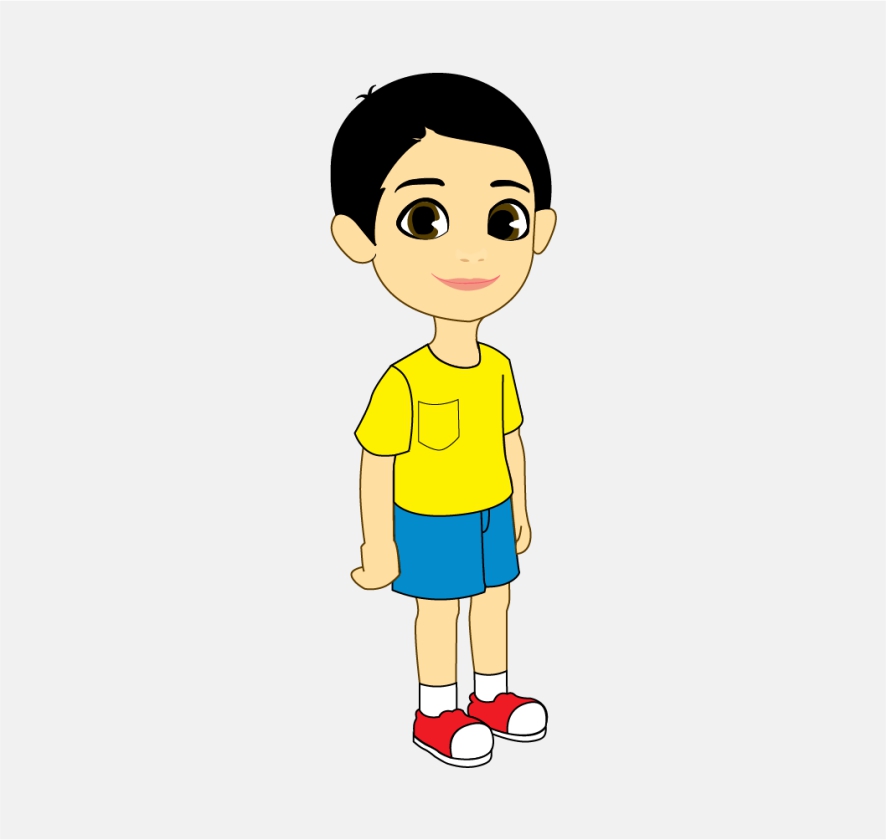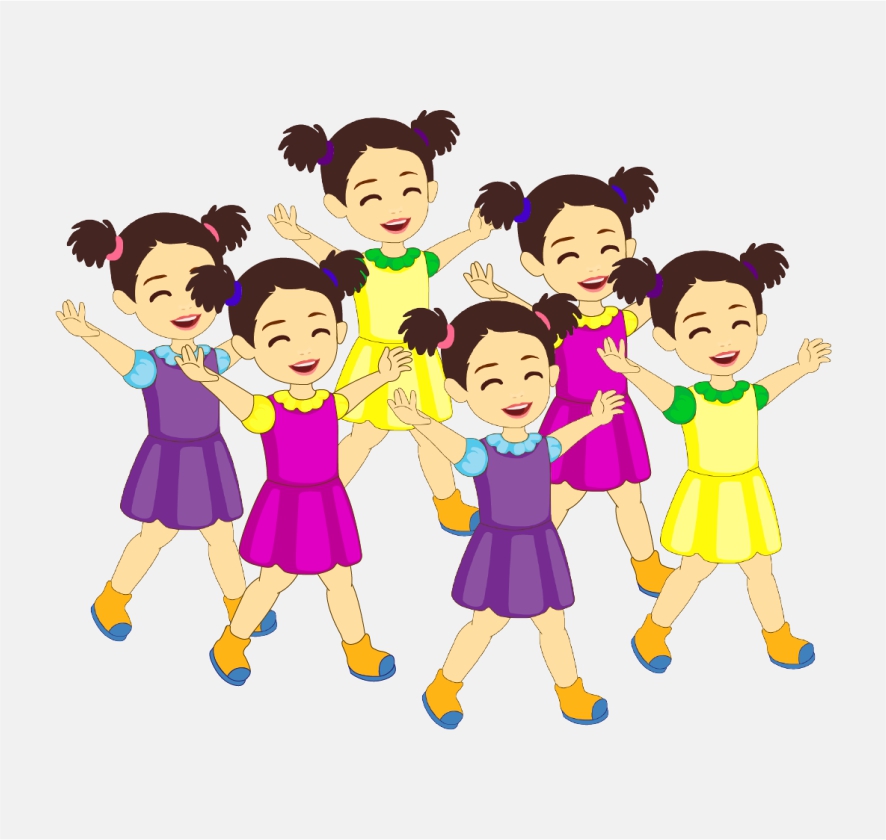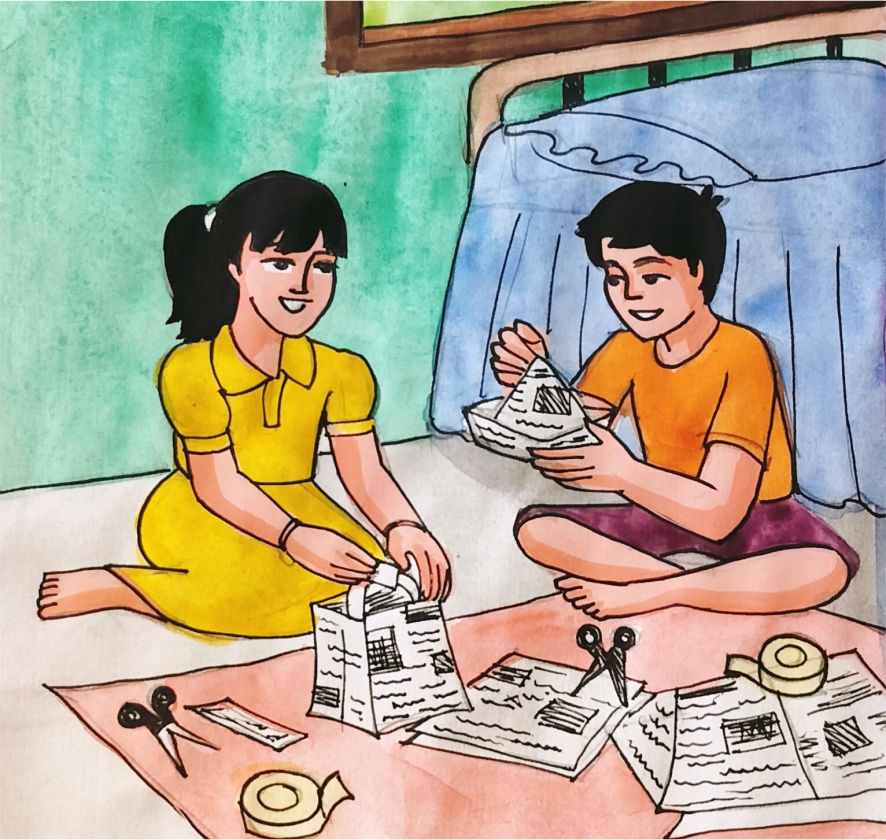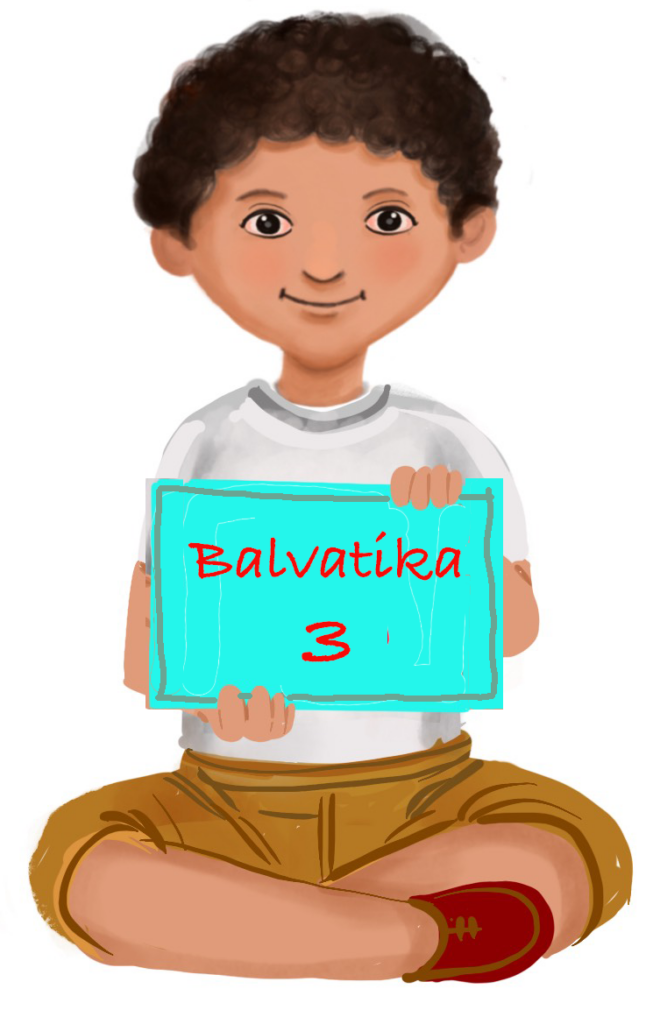
My Body (part 1) and Alphabet Group ‘CATPIN’
Main page
Note: Listening and Speaking section will be in Black and Reading and Writing section will be in Maroon colour.
The topic/ concept ‘My Body’ has been divided into four modules. Each module will be taught in a week. Each module has been divided day-wise too.
Each module has two major segments for the skills to be developed – Listening and Speaking, Reading and writing.
The teachers are required to go through the document carefully before they start the class.
Developmental Goals as per NIPUN BHARAT
1.Children Become Involved Learners and Connect with their Immediate Environment
2.Children Maintain Good Health and well-being
3.Children Become Effective Communicators
Note – (Developmental Goals are referred to as DG in the Objectives)
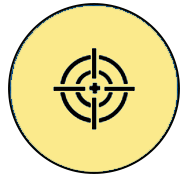 Objectives
Objectives
| Students will be able to: 1. listen and respond to simple instructions (DG no: 1 and 3) 2. perform the total physical response/warm up exercises (DG no: 1 and 2) 3. recite the rhyme on ‘My Body’ with action (DG no: 1 and 3) 4. identify and name the parts of the body (DG no: 1, 2 and 3) 5. ask and respond to simple questions (DG no: 1 and 3) 6. narrate and learn the different parts of the body through a story (DG no: 1, 2 and 3) 7. identify and name the letters of the alphabet group ‘CATPIN’ (DG no: 1 and 3) 8. correlate the letter with the sound (DG no: 1 and 3) 9. recognise and read word families (DG no: 1 and 3) 10. recognise and read sight words. (DG no: 1 and 3) |
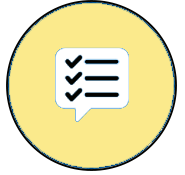 Prerequisites
Prerequisites
| Suggested prerequisites for students: 1. Listen attentively 2. Know their school name and place they live in 3. Focus, listen, and follow commands 4. Students are able to understand and respond to simple verbal cues 5. Students are able to sit in for the duration of work 6. Attention span: Children are able to focus, listen, and follow commands 7. Motor skills: Students are able to draw the pre-writing strokes NOTE: Adaptations, Variation in Rules and Pace are suggested to develop the above prerequisites. |
 Goals
Goals
All
All children will learn to recognise the different parts of the body and become familiar with the letter names and sounds of the alphabet group ‘CATPIN’.
Some
Some children will describe parts of the body in simple sentences and identify some letters and corresponding sounds and trace some letters with support of the alphabet group ‘CATPIN’.
Few
A few children will be able to explain the actions performed by the different parts of the body and identify many letters and corresponding sounds of the alphabet group ‘CATPIN’, a few word families and sight words. May trace some letters without support.
Operational Definition
All – This gives the goal, which is the minimum that the teacher must achieve for all students in the classroom.
Some – This gives the goal that the teacher may try to achieve for some students in the classroom who can achieve the suggested goal over and above the goal stated for ‘All’.
Few – This gives the goal that the teacher may try to achieve for few students in the classroom who can achieve the suggested goal over and above the goal stated for ‘Some’ and ‘All’.
Materials required for activity
- LTM Videos (with ISL)
- Flashcards
- Worksheets
- Posters
- Audio files
- Animated Storybooks
Preparation of the activities
- The teacher has to see the given LTM Videos and practice the correct procedure that has to be introduced.
- Teachers may download the LTM/ISL videos provided, to either teach or demonstrate them to the children while conducting the given activities.
- Teachers may ensure that all children can see the video when played and follow the activity as instructed.
- The teacher can use English and/or the native language while addressing the students.
- Students can be seated on their chairs/benches or on the floor. The teacher can stand in front of the class, near the blackboard or sit along with the children in a circle or facing them if they are sitting in a semicircle.
- Teachers go through the suggestions provided for variations and ensure necessary preparations are made accordingly.
- Teachers keep the required materials ready for conducting the different activities.
- The teacher plays the role of a demonstrator, facilitator and observer.
Preparation will help the teacher to conduct the activity effectively in an inclusive classroom to achieve the goal.
Setting for the activity
All are classroom activities, but variations for open space are suggested wherever possible. All children can work individually. However, children who need peer support can work with their peers.
Setting for an Inclusive classroom
The below-given activities can be a great way to promote inclusivity and a sense of community within a classroom. Here are some adaptations that can be made to ensure that activities for enhancing reading and writing skills are accessible and inclusive for all students:
- Physical accessibility: Ensure that the area used for the given activity is accessible to all students, including those with mobility impairments. This may require rearranging furniture or additional seating options, such as cushions or chairs with back support.
- Communication: Consider the communication needs of all students in the classroom. Students with speech or language impairments may require Apps like AVAZ.
- Visual aids: Teachers can download ‘Flashcards’ and make them embossed as shown in DIY videos, as visual aids benefit those who need visual cues.
Adaptations and Strategies for an Inclusive Classroom
The Variability of an Inclusive Environment needs to address the processing and attention differences of the learners. An inclusive environment may have learners with Visual Impairment, Hearing Impairment, Loco-Motor Impairment and Cognitive Differences. Learners not only learn in different ways, but they also have unique motivations, interests, personalities and strengths. To address this variability, providing the appropriate adaptation is an effective solution.
To help in this process, some suggestions for adaptations are given here. The teachers are requested to go through the adaptations given and choose the appropriate one/ ones to follow according to the needs of the differences found among the students in a particular class.
1. Listening, Speaking, Reading and Writing (LSRW) –
| Listening | Speaking | Reading | Writing |
| Question and answers | Story Telling | Flash card reading exercise | Worksheets – Trace the letter, colour the picture, and comprehension passage |
| Conversation circle | Question and answers | Writing within four/two lines | |
| Rhyme/ song | Arrange the words to make sentences |
‘Listening skill’ Adaptations and Strategies
‘Speaking skill’ Adaptations and Strategies
‘Reading skill’ Adaptations and Strategies
‘Writing skill’ Adaptations and Strategies
‘Rhyme’ Adaptations and Strategies
2. Total physical response/warm-up exercise
‘TPR/Warm up exercise’ Adaptations and Strategies
3. Activity – Game (Find the house, Passing the parcel), Language game, Sight words activity and Role play)
‘Activity’ Adaptations and Strategies
4. Adaptations for Colouring
‘See and Colour’ Adaptations and Strategies
Social Narrative
A social narrative is a tool to help individuals with special needs, particularly those on the autism spectrum, better understand social situations and how to respond appropriately. Here is a social narrative, related to the topic.
Taking turn while playing a game
Click to view and download
Teacher Resource Document
| Source and Attribution of images All images used in the above Assets and Aids are originally created. |
| This digital material has been developed by the Sri Sathya Sai Vidya Vahini Inclusive Education Project, a unit of Sri Sathya Sai Central Trust, Prasanthi Nilayam, as a collaborative offering in the service of our nation. |
